All about kudraniya

Kudrania is a deciduous green tree with shoots that turn brown with age. This plant reaches a height of 5-6 m. The leaves of the curls are small in size with small denticles at the edges, have a pale yellow-green tint. The inflorescences are also medium-sized, the petals are light, round in shape. The fruit tastes like raspberries, strawberries or wild strawberries, hence the other name - "strawberry tree". In shape, the fruits are spherical, more reminiscent of the mulberry, familiar to many from childhood.
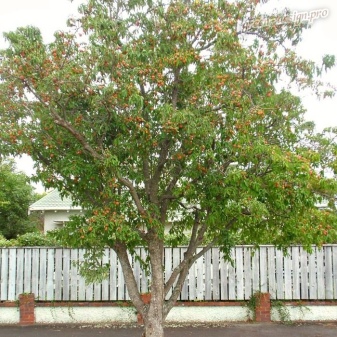

general description
The consistency of the curl pulp is dense and firm, red in color, like that of strawberries. It contains various vitamins and other nutrients useful for the body, for example, ascorbic acid, vitamins A and B, iron, choline. Fruits help well with anemia, reduce unwanted excitement of the nervous system and are able to remove insomnia.
Berries are good for people with slow metabolism and gastrointestinal problems.

In China, the strawberry tree is used to breed silkworms. Kudrania loves an arid and hot climate, and the lifespan of this plant is about half a century, which is a pretty good indicator.
The natural habitat of kudraniya is the forests and mountainous regions of East Asia, India and China. Such places are quite deserted, therefore, the selection of culture occurs not only for the sake of berries, but also for the purpose of ennobling the landscape with plants. And since kudrania perfectly tolerates heat and difficult natural conditions, the best option for planting in this territory can hardly be found. The plant, in addition, has gained popularity in other parts of the world. At the moment, it is successfully growing in New Zealand, Australia, as well as on the Russian part of the Black Sea coast.
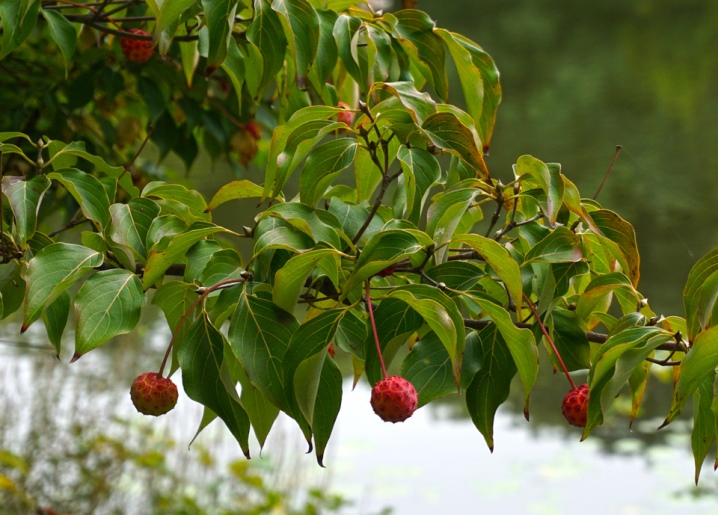
Soil requirements
Kudrania is very unpretentious to the soil, however, it cannot exist in a moist and oily soil environment, preferring loamy soil with good drainage. Chernozem is not at all suitable for this plant, because its main habitat is arid regions with clay soil. Over the many years of its existence, the strawberry tree has managed to adapt to the difficult conditions of survival, in which it now feels great.
When preparing a planting site, you need to take care of sufficient looseness of the soil. This is necessary so that air and water better penetrate to the roots. Otherwise, the tree simply will not be able to grow and develop normally, risking dying after planting.
To avoid such a tragic outcome, it is worth choosing a high-quality and suitable soil in advance.

How to plant correctly?
To plant a strawberry tree seedling in open ground, dig a hole to a depth of 80-90 cm.Pour drainage with a layer of about 30 cm at the very bottom, and a layer of fertile soil on top, sparing no material. If the roots are in an area with stagnant water or earthen slurry, then the tree will quickly wither away, and without treating the owners with tasty fruits.
Place the seedling in the center of the planting hole and carefully cover the roots and part of the trunk with earth, avoiding voids. In any case, after planting, the seedling needs to be watered.
In the early days, be sure to monitor the condition of the seedlings. Do not forget that the strawberry tree adores sunlight and dry heat, and it will not grow in shady conditions.For this reason, you need to take a responsible approach to choosing a place for planting, since it is undesirable to transplant curls afterwards.
If your choice fell on growing a strawberry tree in a pot, then mix humus, peat soil, sand and turf soil in a ratio of 1: 1: 1: 2. The result is the perfect foundation for the rapid development of the plant.
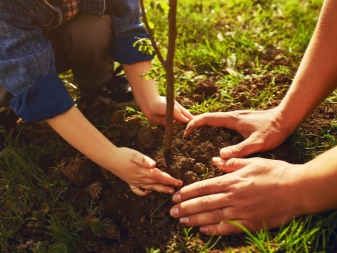
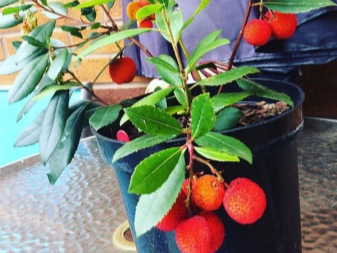
Care
The indoor planting option is usually chosen for mid-latitudes, since curdling does not tolerate the cold. For the same reason, if a decision is made to plant a strawberry tree in your home, the vessel with the plant should be placed closer to the sun so that the plant is as comfortable and warm as possible.
When growing a crop in open ground, it is necessary to cover the trunk of the plant with fallen leaves to protect it from low temperatures. A layer of foliage will retain all the necessary warmth, thereby saving the roots from frost, which can destroy the young tree.
Water the plant in moderation - it tolerates drought well, but in summer it is necessary to spray the foliage with warm water so that it does not dry out and fall off.
Watering is recommended in the morning and in the evening so that the daytime sunlight does not burn the leaves.

In the first 5 years of life, it is necessary to cut off the branches every spring, and pluck green shoots in the summer. This is done so that the plant can produce more ripe and large fruits.
Place the tree in a cool room closer to winter. The plant will need rest, so create a kind of hibernation period for it. So it will be able to restore the spent strength.
In November, the tree completely sheds its foliage; closer to April, the leaves grow back again. The potted soil should be changed at least once every 2 years.
If the plant lives within the walls of the apartment, do not let it grow to a huge size. Its crown should not exceed 4-5 branches, from which shoots will depart. If you notice large and thick shoots at the very base, then do not be afraid to cut them: it will be better for the tree. If the seedling grows too much, it will become too cramped within the confines of even a huge vase. In this case, a transplant is urgently required. And the tree is unlikely to like such an event.

Reproduction
There are several fairly simple and affordable ways to increase the number of plantable sprouts. Cutting, dividing root shoots and seeds are the most famous classical propagation methods used by gardeners. Let's consider them in more detail.
Cuttings
Cutting is one of the most popular plant propagation methods. By separating the offspring from the mother material, an exact replica is obtained that can exist on its own with proper care.
- To get a young sprout of a strawberry tree, you need to cut fresh shoots from the plant. They should be as young as possible. Remember to thoroughly disinfect all tools you plan to use.
- Dip the stems in the root growth solution for up to 18 hours, then remove. You can also use mineral wool soaked in a buffered solution. This will help reduce the concentration of the alkaline environment. Remove excess moisture and nutrients to prevent decay.
- Next, you will need to prepare a container for planting. Fill it with vermiculite and add coarse sand. In such a soil, there is much more chance that the cutting will take root and start up its own roots.
- Plant the cuttings in their places, and then spray them daily with growth stimulants.
- To avoid the appearance of mold on the stems, use special products and keep the watering rate under control.
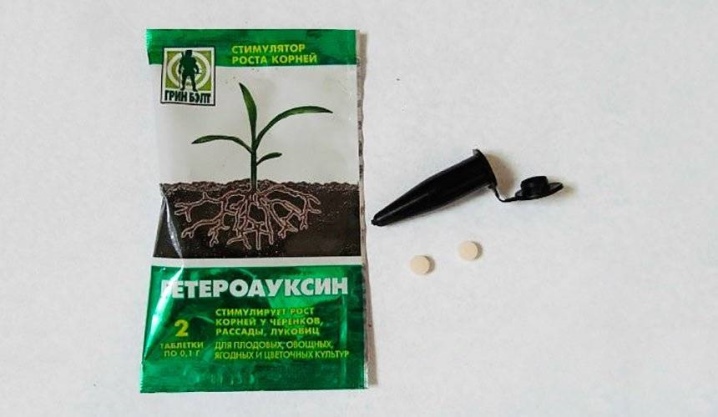
On average, the formation of roots and their strengthening takes 7-10 days. As soon as this happens, start accustoming the cuttings to the new living conditions, but do it gradually, avoiding stress or death.
The advantages of cultivating a strawberry tree by cuttings include the rapid formation of roots and a quick transition to the vegetative stage. Equally important is the fact that the resulting new plant is completely identical to the parent plant.
However, this breeding method also has obvious disadvantages. For example, it is very difficult to find shoots that are suitable for grafting. In addition, most cuttings simply cannot adapt to new conditions of existence. Most of the seedlings will then have to be discarded.
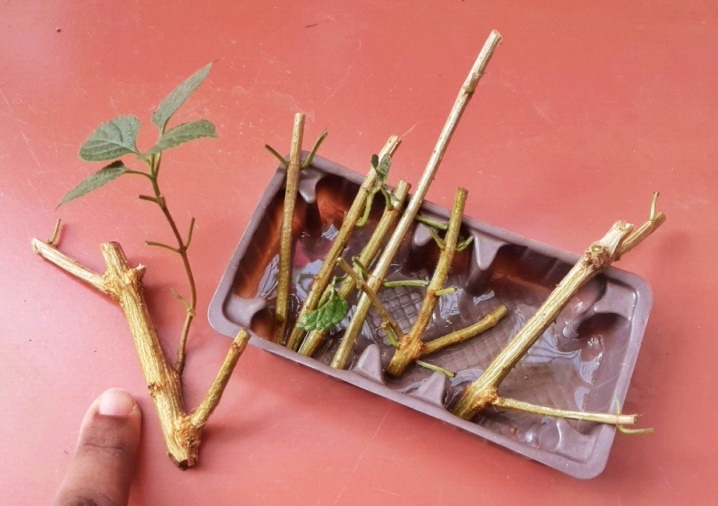
Root shoots
The overgrowth method has been practiced for many decades. It is used for cultivation of own-rooted trees. The most fruitful tree of all should be used as a donor to obtain the necessary material. This way you can increase the amount of the harvest. But even here it is worth keeping everything under control: the overgrowth can heavily clog the garden.
- Treat all tools before starting work.
- Choose strong young growth. It should not be more than one year old, otherwise it will dry out completely. They usually start harvesting it in the fall. It has been noticed that autumn seedlings take root faster. Make sure the tree is completely healthy before cutting samples. Only then can you continue.
- At some distance from the growth, cut the root connecting it to the mother tree. Then everything should be left alone until spring. In the spring, boldly dig out the shoots and transplant to the place you need. Plant her in beds or furrows, cover with a film cover.
The advantages of such a breeding include a greater yield of healthy plants and a quick recovery of the mother tree.
The disadvantages of this method include the late fruiting of a young tree, as well as a high probability of contaminating the garden with unwanted shoots. It is extremely difficult to deduce, and it sometimes takes years to completely solve this problem.

Seeds
As soon as we begin to touch upon the topic of plant reproduction, then this method immediately arises in our head. He is familiar to many from childhood. Everyone at least once in his life held seeds in his hand. Curl seeds can be obtained from its fruit; only a few pieces will be enough for planting.
- The first step is to separate the seeds from the pulp. This must be done very carefully, trying not to damage them, after which they will become unsuitable for reproduction.
- The resulting seed must be dried. But do not leave it directly in the sun, otherwise the seeds may burn (not in the literal sense, of course).
- Saturate the cheesecloth with water or nutrient solution, then place the seeds in the cheesecloth. Try to pour liquid in moderation, do not let the seeds swell from excess moisture or mold.
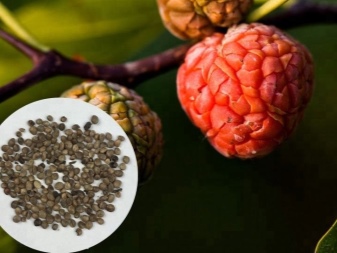
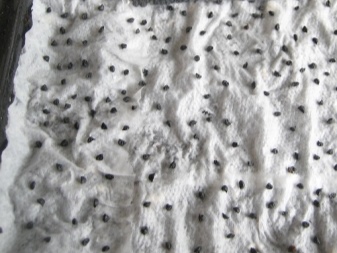
Check the seeded cheesecloth regularly to ensure that sprouting starts or any moisture from the cheesecloth has evaporated.
After the seeds have sprouted, transplant them into a prepared pot of soil. Cover the small curls with plastic wrap. Wait until the small sprout turns into a full-fledged seedling, after which it can be transplanted anywhere.
This way of breeding – the longest of all presented. The process of growing up will take almost twice as long. In addition, only a quarter of the seeds from the total number of seeds will sprout, but this option is the safest. No less pleasant is that it is much easier to grow seeds than to tinker with shoots or cuttings.
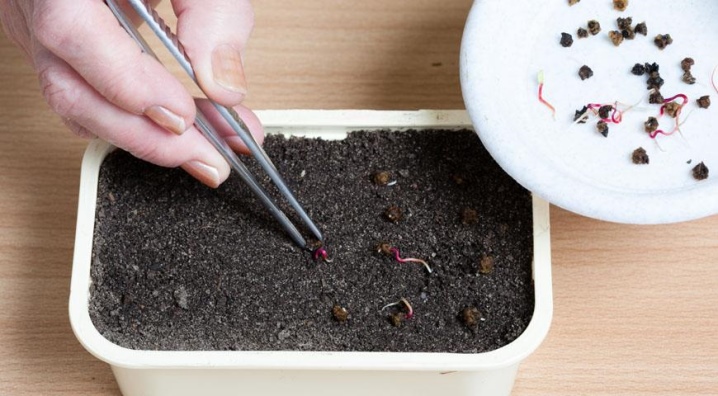
Diseases and pests
The strawberry tree is an extremely resistant plant. It can even withstand a spider mite, which is extremely rare.
But if the room is too densely filled, then there is a danger of being hit by parasites. These miniature insects with a long proboscis are very reminiscent of the classic weevil. If these creatures have settled on a tree, then on the branches they can be seen by small brown spots. To get rid of the intruder, you need to check all the seedlings and identify the sick.
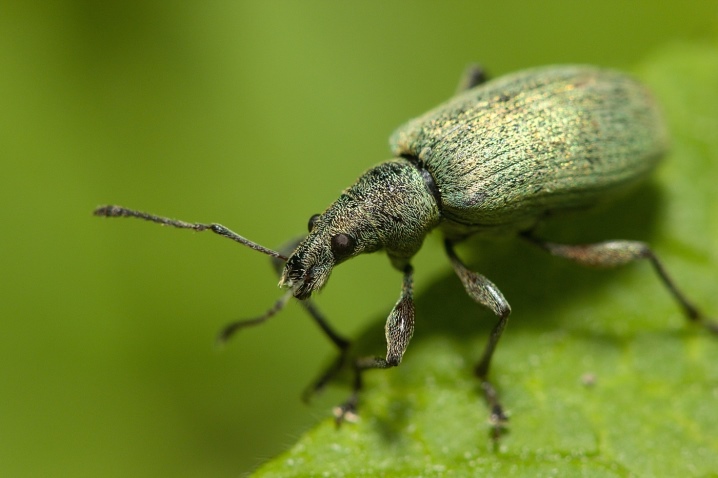
Once found, wash and clean the plants. To do this, you can use the tools at hand that are convenient for you.
Place the curls in a container with clean soil, and throw the used soil away from houses. Spray the plants with an antiseptic solution and observe the health, if necessary, repeat the procedure again.
Problems can be created not only by dry, but also by too humid air. It causes the development of mold and poses a risk of mealybug infestation. This pest is a small parasite that can be easily identified by the white particles that it leaves on the leaf plate.
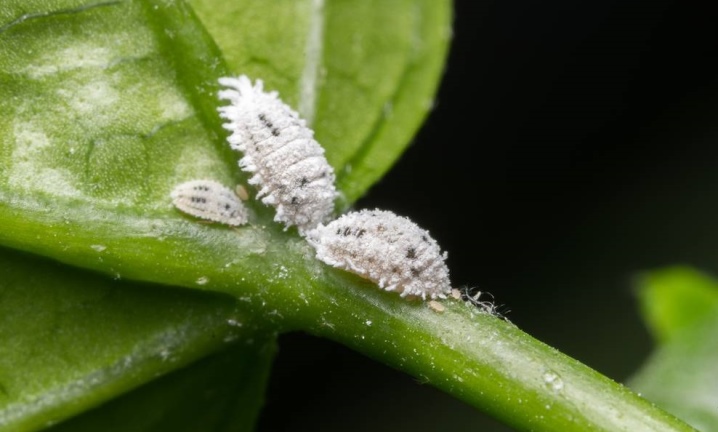
If you find a bug on your tree, wash the leaves and stems with soap to get rid of the parasites. Then spray the plant with a special solution to avoid the reappearance of pests. Be attentive to the health of the curl and the conditions of its keeping. The quality and quantity of fruits directly depend on this.
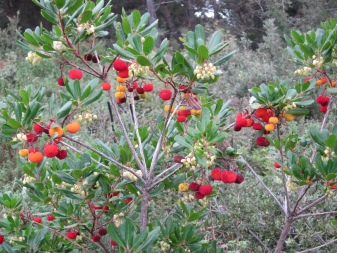
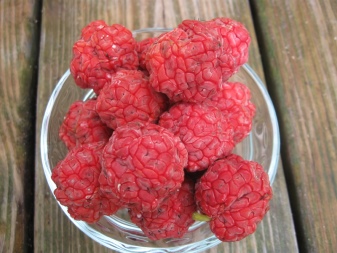













The comment was sent successfully.